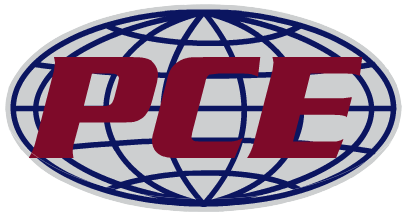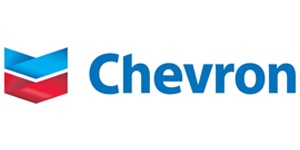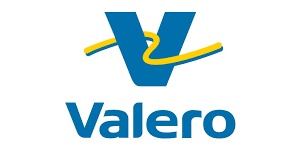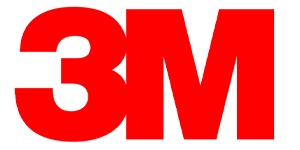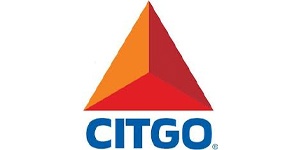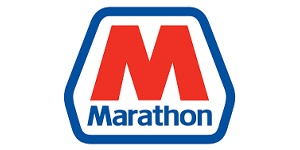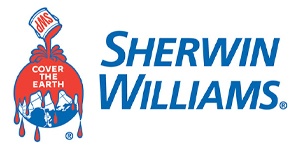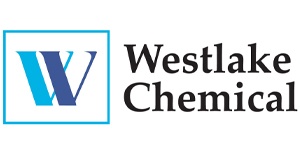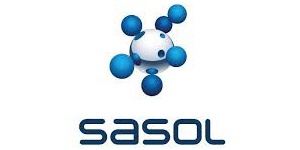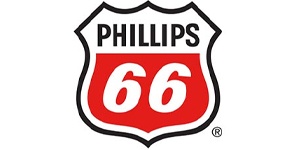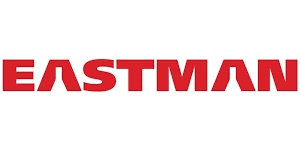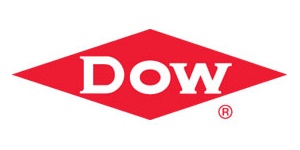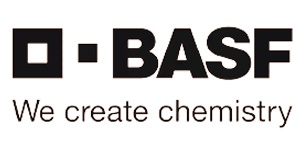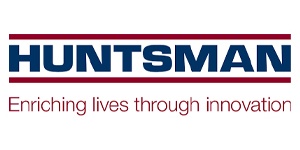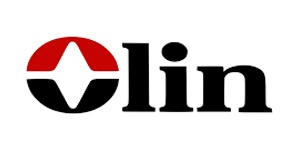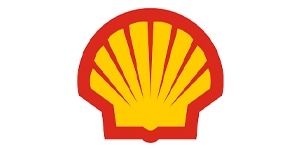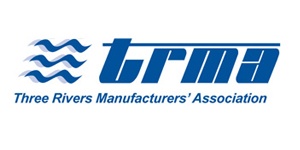
The Global Leader in
Energy Audits.
learn more
contact us
We save our clients an average of 20% per year on their yearly energy spend by improving reliability and decreasing downtime.
Air & Gas Leak Surveys
Conserve energy, maintain system pressure, & prolong your equipment's life.
Learn How
Steam Leak Surveys
Save lost energy, decrease emissions, & increase plant operations reliability.
Read More
Steam Trap
Surveys
Identify expensive steam leaks & faulty steam traps within your plant or facility.
Get Started
We can help stop venting your profits into the air.
We are a global leader in energy loss surveys and have over 25 years of experience making your business more efficient. Our professional staff is highly trained and uses state of the art ultrasonic equipment. We work hard to make sure your time and money is well spent and you're as environmentally friendly as possible. Want to ensure you’re not losing millions on undetected leaks? Contact us today!
Read Our Case Studies
Learn More About Us
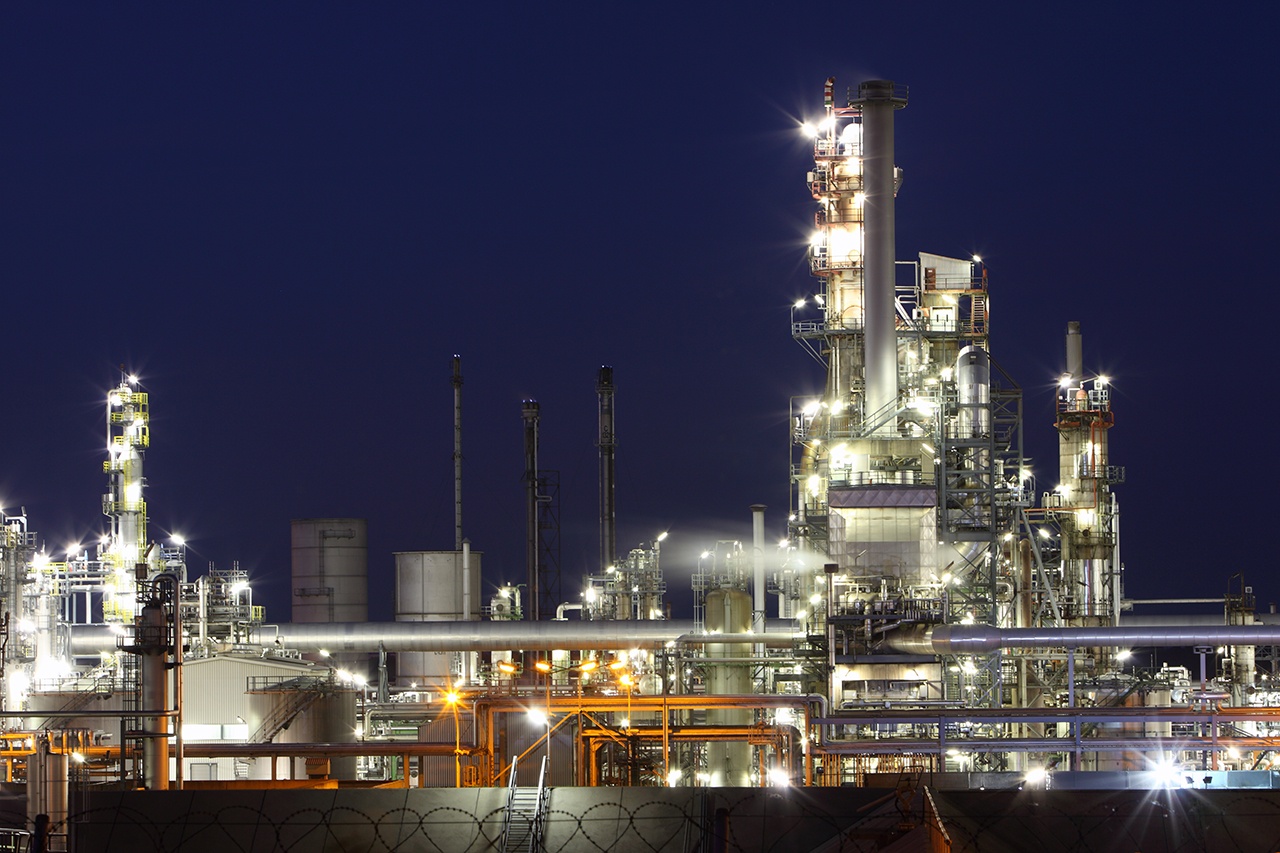
TRUSTED CLIENTS
Ready to get started?
